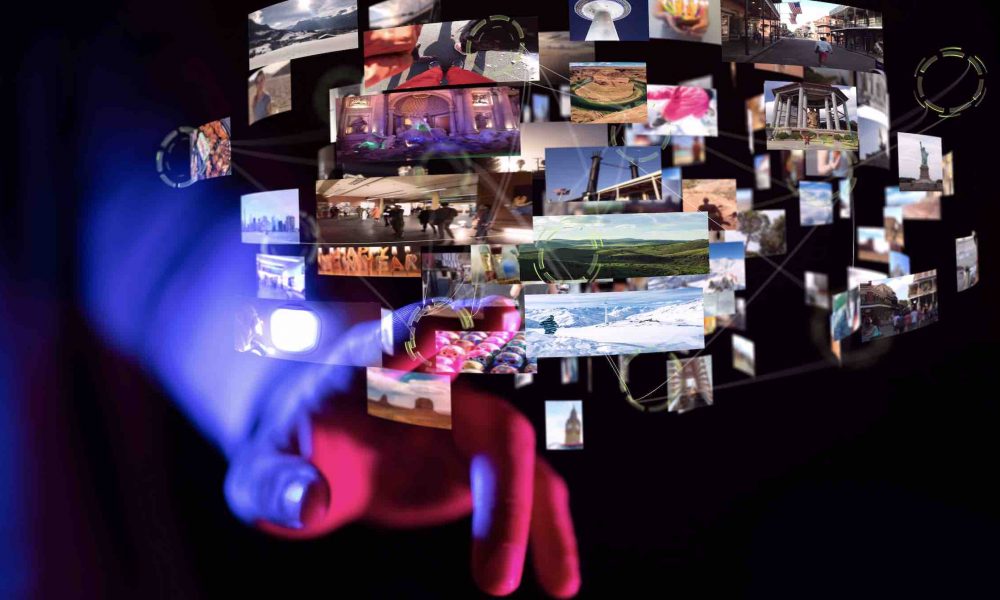Sports broadcasting and the digital revolution- Adapting to new platforms
The most significant driver of change in sports broadcasting is the rapid growth of streaming services. Netflix, Amazon, and Apple have disrupted the entertainment industry with direct-to-consumer subscription offerings. Sports leagues and broadcasters are following suit, launching their streaming platforms to deliver games and other content straight to fans.
Every major sports league now has its streaming service, such as NFL+, NBA League Pass, and MLB.TV, and ESPN+. These allow fans to watch live games, replays, and exclusive content across devices without a cable subscription. Streaming services are increasingly bidding for exclusive rights to show certain games and events. Amazon Prime Video will become the exclusive home of Thursday Night Football starting in 2022.
Streaming offers several advantages over traditional TV, including more interactivity, personalization, and flexibility to watch on your schedule. Sports broadcasters are leveraging these capabilities to enhance the viewing experience. Some provide alternate camera angles, real-time stats, and the ability to watch multiple games simultaneously. Streaming offers valuable data and insights into viewer behaviour that inform programming and advertising decisions.
Social media and fan engagement
- Social media has become an integral part of the sports broadcasting ecosystem. Platforms like Twitter, Facebook, Instagram, and TikTok allow leagues, teams, and athletes to connect directly with fans and share content in real-time. They have become go-to destinations for breaking news, highlights, behind-the-scenes access, and fan discussion.
- Sports broadcasters leverage social media to drive engagement before, during, and after games. Many are creating social-first content like player interviews, game previews, and live look-ins tailored for each platform. They also use social media to interact with fans and get them involved in the broadcast through tools like polls, Q&As, and user-generated content.
- Recent Super Bowls illustrate social media’s massive reach and impact. Super Bowl LV generated 41.5 million tweets and featured brands lighting up Twitter and TikTok with real-time marketing moments. The big game 해외축구중계has become a social media event as much as a TV broadcast.
- Social media is also an increasingly important platform for advertisers looking to reach sports fans, especially younger consumers who find it needs more time to engage with traditional TV spots. Brands collaborate with broadcasters, leagues, teams, and athletes on social campaigns and integrations to drive awareness and affinity.
Mobile and on-the-go viewing
- Mobile devices have become the primary screens for many fans who watch sports. Thanks to high-speed cellular networks and Wi-Fi, fans stream games and clips virtually anywhere on their phones. For some marquee events, mobile accounts for most of the digital audience.
- Sports broadcasters are adapting by making their content mobile-friendly. This includes offering easy access to streams through apps, optimizing video for smaller screens, and delivering snackable content like real-time highlights and condensed games. Mobile betting is also exploding in the US as more states legalize sports gambling, creating new opportunities to integrate wagering into broadcasts.
- 5G technologies is expected to take mobile viewing to the next level with faster speeds, lower latency, and improved capacity in crowded venues. This could unlock innovations in mobile-first broadcasting and fan experiences in stadiums. Think multi-camera viewing powered by 5G or augmented reality overlays in venues.
The Web3 innovations like the metaverse and NFTs could reshape how live sports are experienced and monetized. Imagine watching a game in a photo-realistic virtual arena with other avatars and being able to buy digital collectables and video moments from the match as NFTs. The NBA has already experimented on this front with the NBA Lane metaverse experience and TopShot NFTs.


Comments are closed.